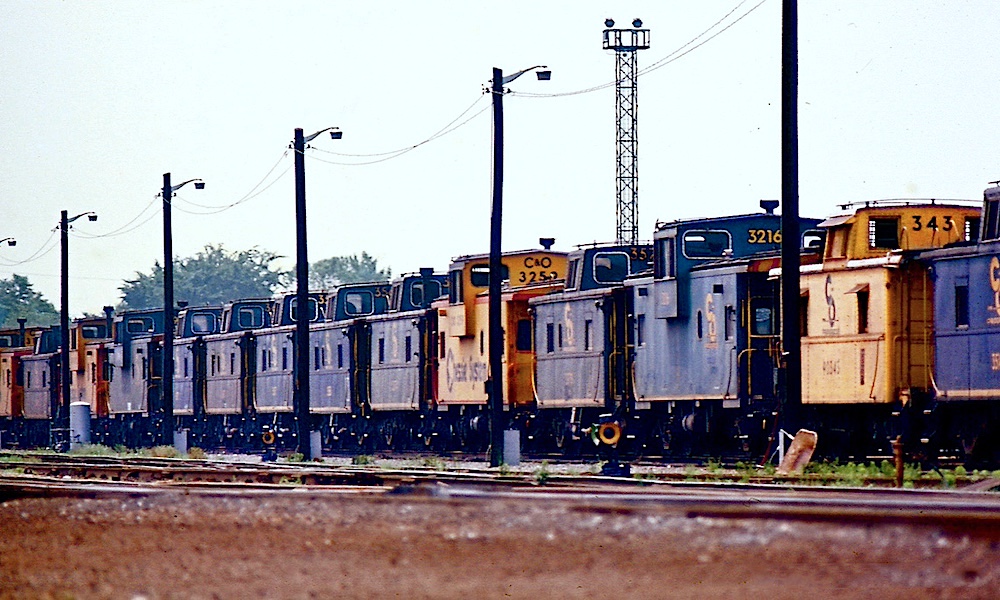
I’ve been around long enough to have caboose memories. Am I really that old? I guess so. When I transferred to Amtrak after 10 years with Seaboard Coast Line, my former freight railroad, we still employed full crews of five persons — an engineer, fireman, and brakeman on the head, with a conductor, and flagman on the caboose. That was 1986 though — fully 30 years before my twin grandsons were born. Heck, their father, Ryan, now a senior Amtrak engineer, was only 2 years old. Time flies. Things change.
At least twice a month, my fellow retirees and I convene for coffee and lunch — enjoying our senior discounts, of course. Amazingly, the same people who were champing at the bit to pull the pin and enjoy their hard-earned Railroad Retirement checks reminisce for hours about our lives on the high iron.
I miss the caboose (the way car, hack, cabin car, or other civil references by which they were known, depending on railroad), while at the same time, I don’t.
On through freights, once the paperwork was taken care of, it was customary to climb up into the cupola, and put your feet up on the wall in front of you, to brace yourself for a constant bombardment of G-force punishment. The run-in and run-out of the slack between each car in the train, stung like the tip of a whip. The pain it inflicted was often enough to make grown men scream. It was one of the reasons I opted to relinquish my grip on the grab irons of a caboose in order to grasp a throttle and view the road ahead. Engineer were better paid, too.
On the other hand, back when cabooses were individually assigned, sometimes you could close your eyes and envision yourself seated in a neighborhood diner. Ah, the aroma of piping hot coffee and delicacies created from Spam, seared to perfection on the stove by an innovative conductor.
In later years, when caboose cars were pooled for long distance “run thru” service, they received cursory cleaning — enough to meet contractual minimums. No air conditioning, the heater either functioned poorly (or over-performed), and the stench was often intolerable.
There were “cab tracks,” in nearly every terminal where cabooses were stored and serviced between runs (in some cases, occupied by conductors to which they were assigned). With all of the different railroads that ran into the RF&P’s Potomac Yard, across the river from Washington, D.C., cabooses had to be sorted by owner.
One newly hired brakeman, learning under the tutelage of an experienced conductor, switching the cab storage tracks, was instructed to stand at the far end of the tracks to watch the cabs being kicked into them by the yard engine.
The young man did just as instructed.
Before long, the yardmaster screamed to the conductor, “Stop!” One of the cabs had rolled out the other end of the track, down the ladder, and damaged several switches.
The red faced conductor stormed up to the rookie brakeman. “I told you to watch the cabs we were kicking!”
“I did,” he replied. “I watched them, like you told me. Something wrong?”
Read more from Amtrak Engineer Doug Riddell here.
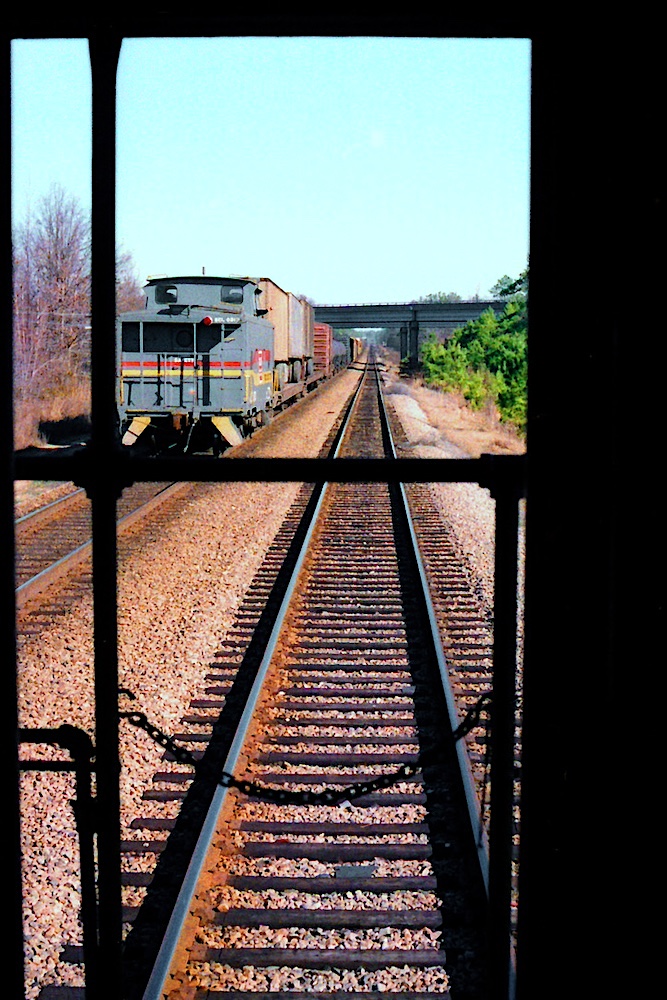





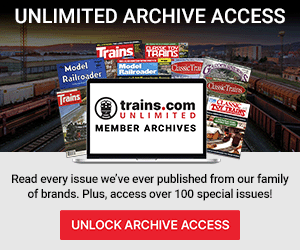
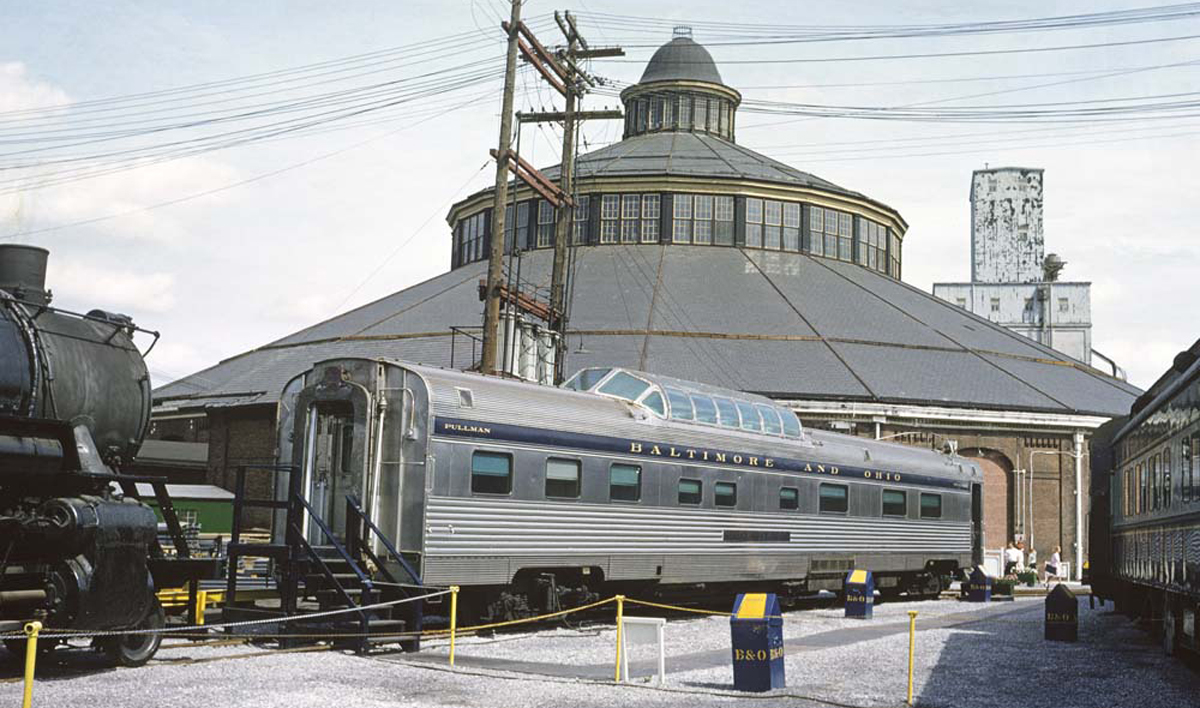
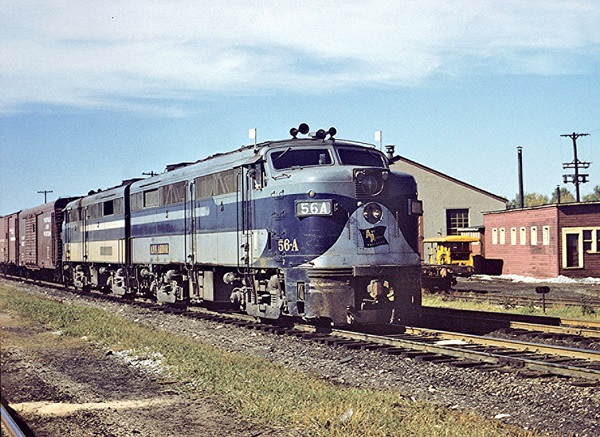

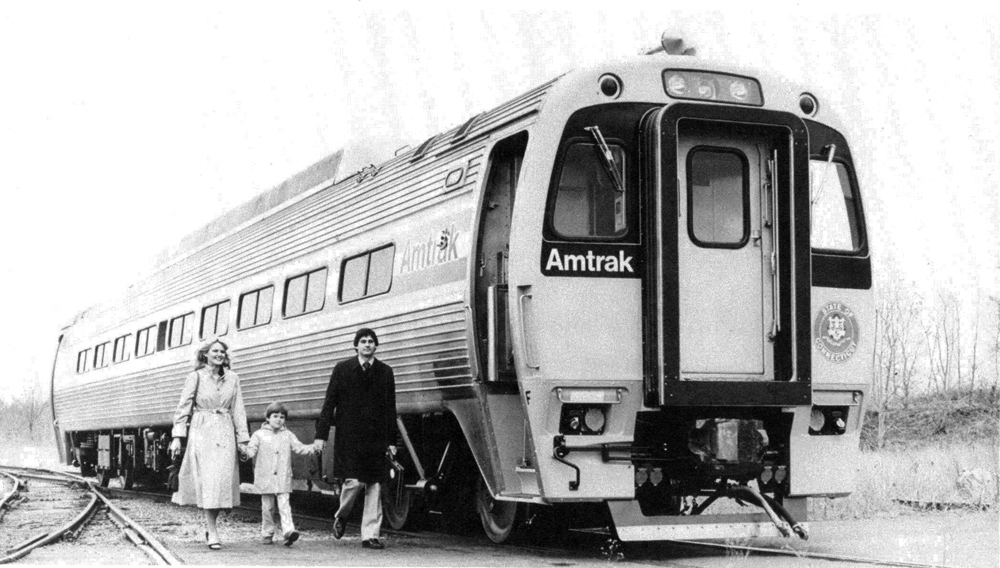
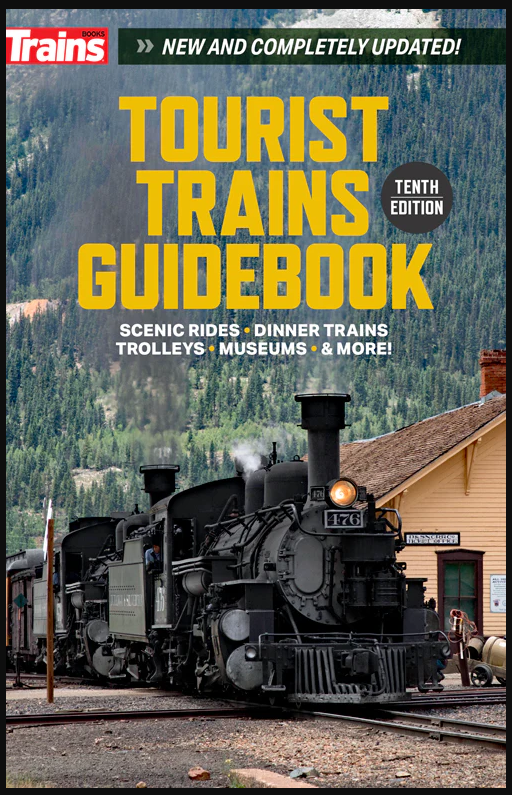
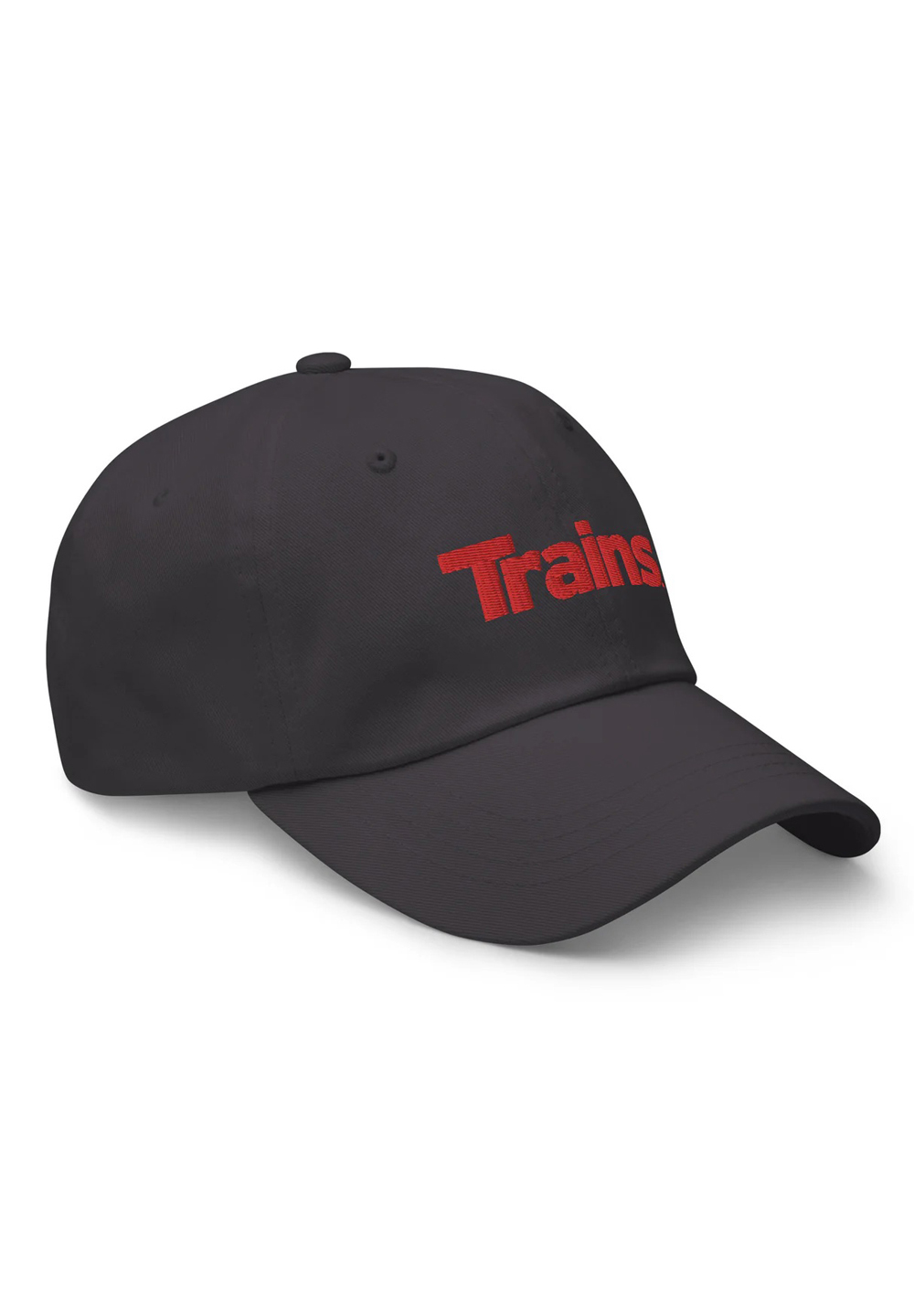
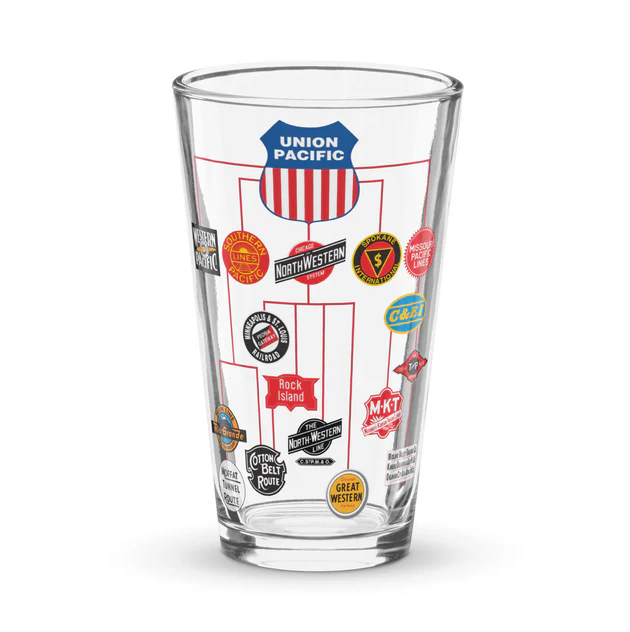
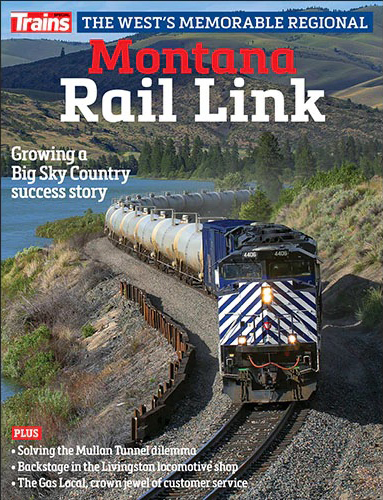
Doug: I just return from a family road trip to Cass great ride behind their Heisler. On the way home to SC stopped by Clifton Forge and the C&O site. While climbing in their C&O wide vision cab in the rain I slipped and your many stores about riding cabs etc came rushing through my memory. Thanks for sharing all of them with us! Regards, John Zwemer
Reminds me that my grandfather used to refer to them as “skull busters.” LOL
Doug, another fine article. I worked with a caboose on the Corona Local on the BNSF in Southern California. The caboose had been restored by Santa Fe employees. Everything worked but the bathroom, the conductor proudly proclaimed.
Hey, are the new owners starting to flex their muscles by cutting you out of TRAINS.com?
It’s a business decision, Bruce.
A far cry from the lowly shoving platforms we have now….
And ETDs on long & heavy freight trains keep on flashing…
Dr. Güntürk Üstün
As you read this sincere railroader article, I would like to remind all readers of the following two wonderful reference works:
* Guide to North American Cabooses (2021) by Carl R. Byron with Don Heimburger
* Caboose (2011) by Brian Solomon
Happy reading!
Dr. Güntürk Üstün
Thanks, Guntrurk. Done.
Brian Solomon and I go back a long way, collaborating on some volumes, and doing photo shoots as well. I love his work. His “Caboose” book is one of my favorites. On one trip to North Carolina, I introduced Brian to Ralph’s [Eastern North Carolina style] Barbecue, Brunswick stew, and banana pudding, in Weldon, off I-95. Later, he sent my wife and I beautiful (and expensive) Irish wool sweaters, from Dublin. “Oh, they’re not free. Next time I’m in the neighborhood, you’re taking me back to Ralph’s!” And I did.
Great to hear that you and prolific Brian Solomon have had a fruitful past collaboration, Doug. I hope you’ll collaborate with him again on new projects. In the meantime, enjoy your next visit to Ralph’s Chadwick Square Diner!
Dr. Güntürk Üstün
Doug: Another fine story and it brings back memories of riding the mixed trains on the Georgia Road. The coaches were so nasty the crews would always invite me to ride the cab with them, Thankfully they taught me well for i still have my teeth and my legs don’t hurt every day. Keep us entertained and informed Dug.
Thanks, John. Adjustments are being made to the content of trains.com, and unfortunately, “From The Cab” will no longer appear monthly. I hope to be around in some form or the other. I’ll look for you along the right of way.
My NS caboose memory from 1987 was they were mostly filthy, could not see out the bay window, and yes, hang on for dear life at the end of a coal train. At Inman yard prior to departing for Macon on a Plant Scherer loop job, I had built a fire in the stove using the fusee and coal from the bag. It was frigid outside. I was flagging, the conductor had ridden up front. As we departed and got rolling thru Howell interlocking, the cab filled with smoke. Gagging, I stood on the rear end and radioed ahead that the cab wasn’t on fire but the stove wasn’t working. (As I later found out the smokestack had rotted off causing a downdraft).
We smoked all the way thru downtown Atlanta and I spent the rest of the trip in a freezing caboose. I doubt they ever repaired it, but I learned to check the ‘stack’ status prior to riding another one.
I can relate, Steve. The first time I boarded a caboose was on a transfer job, oddly enough, also called the “Loop” train. We carried oversized loads from the Seaboard Brown Street Yard, in Richmond, VA, up the hill to RF&P’s Acca Yard, and dropped down hill and across the James River to the former ACL Shops Yard–just a stone’s throw from where the train originated. Then we’d take our power, usually an EMD yard engine and a GP7, run to the other end of the yard, tie onto the outbound train, and make the trip in reverse. Urban railroading, being what it was (and likely still IS), my first lesson was to give any caboose a REALLY good going-over. As bad as some of those old cabs were, vagrants and hobos considered them to be palaces on wheels. At night especially, I made SURE that before I boarded a transfer caboose, I made PLENTY of noise, and had a hammer or wrench in hand–just in case.
I fondly remember going to work with my father occasionally in the late 60’s, who worked for B&O in Cincinnati. Not only did I get to ride on the engine but I also had opportunities to ride in the caboose, occasionally taking a nap, due to my father working 2nd shift. Whenever I see a caboose these days I smile thinking about my time in them. Great memories.
Ron, had I know how much those memories would some day mean to me (and others privileged to be aboard them as a youngster), I’d have PAID for a ticket to ride.
The positive nostalgic meaning of the mythical “caboose” in North American railroad freight traffic is best known, of course, by railroaders who have ridden it.
By the way, this fine article may be a good reason for you to read another fine writing [“Caboose Thoughts” poem by the great Carl Sandburg].
Dr. Güntürk Üstün
Thank you, sir. I’ll be sure to read Mr Sandburg’s “Caboose Thoughts.”